Hiring a great remote employee isn’t that different from hiring someone who will work in the office every day.
However, the process of hiring a remote team member can feel more daunting and stressful since you can’t rely on firm handshakes and face-to-face conversations.
Tips for hiring remote employees
- Write a compelling job ad
- Create an efficient screening process
- Use video calls to interview candidates
- Get multiple team members to participate in the interview process
- Make a list of key traits that a superstar candidate should possess
- Pay attention to any red flags
Write a compelling job ad
Create an efficient screening process
Use video calls to interview candidates
Get multiple team members to participate in the interview process
Make a list of key traits that a superstar candidate should possess
Pay attention to any red flags
One of the advantages of hiring remotely is that you don’t necessarily have to limit your talent pool to one geographic area, so you can attract the best talent possible.
The flip side is that you have more competition. This means you need to convey what it’s like to work at your company and what the role entails.
Then you can share the job ad on your website as well as on job boards like LinkedIn, Glassdoor, and remote-specific job sites such as We Work Remotely, FlexJobs, and Dynamite Jobs.
Before applications start rolling in, you need to set up an efficient screening workflow.
We actually screen candidates using — you guessed it — Jotform. Instead of going through a phone screening, which can be time-intensive, we use a form.
We email the form to all candidates whose resumes and cover letters look good to get a basic idea if they might be a good fit. We ask for the candidate’s salary expectations, some details about their background, and give them an opportunity to share more about their skills and experience. We also give them the opportunity to ask questions about the position and the company.
Then we evaluate their submissions and follow up with the most promising candidates for an in-depth video interview over Google Hangouts.
Allocate 30 to 45 minutes for the initial interview so you can build a little rapport.
During this interview, I like to ask open-ended, process-oriented questions. This allows me to gauge not only what a candidate would do but how they would do it.
For example, I might ask how they would manage a certain project. This shows me their thought process, how they would manage the workflow, and the steps they’d take.
If a candidate passes the initial interview, we’ll schedule a follow-up video interview and include several team members.
For the first 15 minutes of the call, everyone joins while the candidate presents their test project or presentation. Then, half of the team will drop off while the other half conducts a group interview. When the first group is done, the next group will hop back on to do their interview. This saves time for both the team as well as the candidate.
The two biggest traits that I’ve learned to hire for are enthusiasm and communication. I think they’re intertwined because someone who’s enthusiastic about a position will over-communicate. They’ll send a number of follow-up emails with lots of examples. They also follow up quickly and include a lot of detail in their messages.
These are perfect traits for remote team members because communication is a lot trickier when you’re not in the same location. Someone who’s comfortable asking questions and reaching out when necessary, and who can clearly convey what they’re doing, is critical.
Another trait that’s important for remote workers is being organized. In a remote role, you don’t have the luxury of tapping someone on the shoulder and asking if they want something this way or that way or what the deadline is.
A fourth trait that I look for is self-motivation. Self-motivated people are terrific in-office employees. This trait is 10 times more important when you work remotely.
One of the biggest red flags I see is a lack of preparedness. I want candidates to do some research on the company before their interview.
This ties into enthusiasm. If a candidate doesn’t put in the effort to prepare for the interview, they likely aren’t enthusiastic about the role. And if they don’t ask me any questions, that’s an even bigger red flag.
Pro Tip
A great remote candidate will ask at least two to three thought-provoking questions during an interview. These questions shouldn’t just be about salary expectations and vacation days.
When a candidate asks questions, this shows that they are curious, enthusiastic, and excited about this particular role, not just the prospect of a job.
Another red flag is not sending a timely and thoughtful follow-up email. I can’t tell you how many candidates have blown their shot by not taking that seriously.
There’s a big difference between someone who doesn’t follow up (or phones it in) and someone who sends me something the same day with work examples and references to our conversation, further reiterating why they’re a great fit for the position.
Many of the same strategies and tactics for interviewing in-person candidates can work when hiring remotely. The big difference is interviewing over video instead of in person.





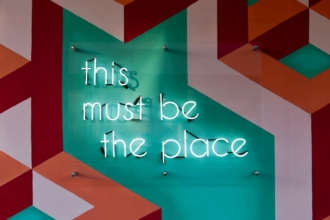



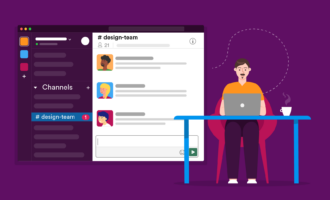
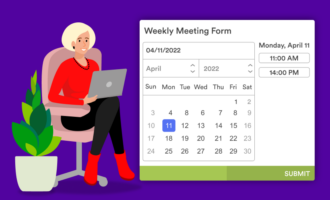






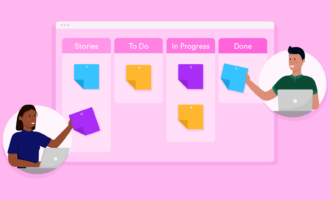

















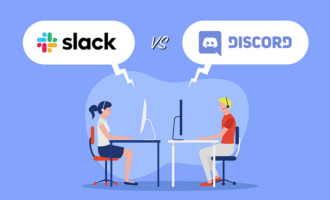
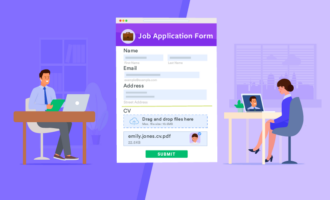


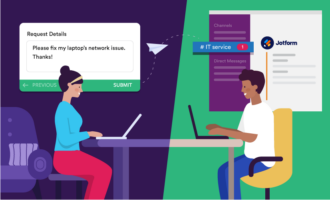






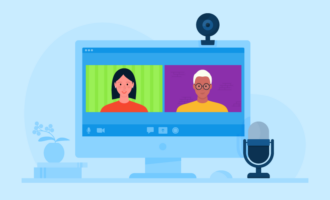


Send Comment: